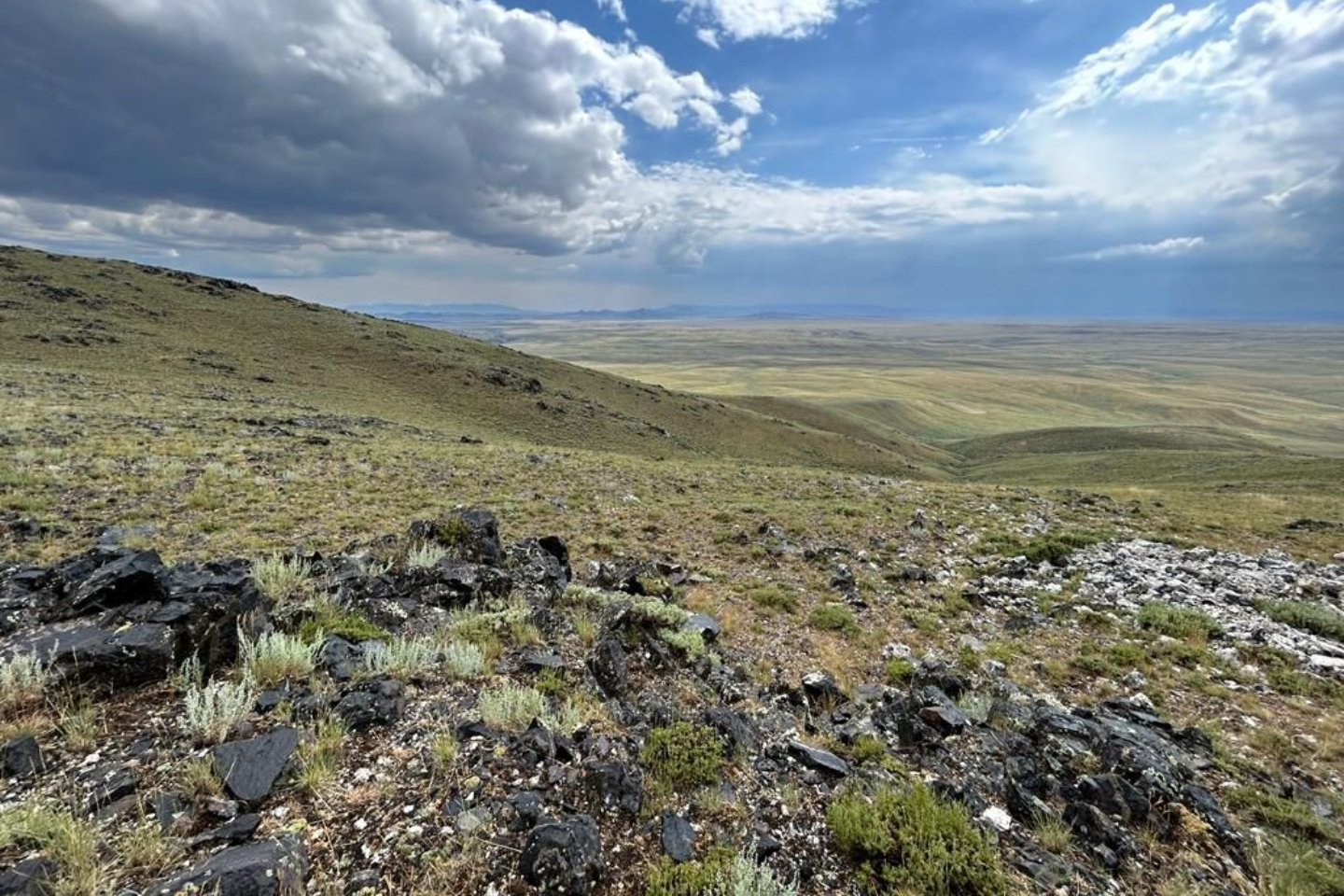Chariot Corporation has moved quickly to get boots back on the ground at its Black Mountain lithium project in Wyoming, with exploration activities kicking off just one month after phase one drilling finished. The announcement caused a flurry of interest on the ASX, with the company’s shares jumping more than 31 per cent from a previous close of 18c to touch 23c during intraday trading.

Chariot Corporation has moved quickly to get boots back on the ground at its Black Mountain lithium project in Wyoming, with exploration activities kicking off just one month after phase one drilling finished.
The announcement caused a flurry of interest on the ASX, with shares in the company jumping more than 31 per cent from a previous close of 18c to touch a high of 23c during intraday trading – and on its biggest volumes for four months.
In addition to work resuming at its flagship Black Mountain operation, management has also flagged rock chip and soil sampling programs across its six other lithium-caesium-tantalum (LCT) pegmatite projects in the landlocked US State.
ERM Australia Consultants and ERM Sustainable Mining Services have been engaged to assist with the design and implementation of this year’s exploration program through the expertise of experienced hard rock lithium geologists Ralph Porter and Michael Cronwright. Porter has worked as a geologist at the world-class Greenbushes lithium and tantalum mine, while Cronwright has significant experience in targeting pegmatite-hosted mineralisation across Africa and globally.
Utilising ERM’s advice, Chariot will conduct extensive potassium-feldspar testing using a portable X-ray fluorescence device, in addition to its sampling campaigns. The results will be used to refine targets for its upcoming drill program when it plans to utilise portable rigs ahead of wheeling in bigger, truck-mounted drills.
The initial drilling is expected to cover between 3000m up to 4000m.
Chariot hit the ground running at Black Mountain earlier this year when the first three holes drilled at the site delivered results peaking at 3.09 per cent lithium oxide. The company says all three holes intersected high-grade spodumene mineralisation, confirming the potential of the LCT pegmatite swarms at the site.
Assay highlights show a 15.48m intercept grading 1.12 per cent lithium oxide and 79 parts per million tantalum oxide from just 2.74m including 4.27m going 2.46 per cent lithium oxide and 128ppm tantalum oxide from 9.94m.
Results from the second hole returned a 14.33m hit reading 0.84 per cent lithium oxide and 61ppm tantalum oxide from 1.83m including 2.29m at the peak grade of 3.09 per cent lithium oxide and 138ppm tantalum oxide from 10.67m. The third hole also revealed positive results, with an 18.81m intercept going 0.85 per cent lithium oxide and 98ppm tantalum oxide from 45.26m including 5.79m going 1.08 per cent lithium oxide and 105ppm tantalum oxide from 47.55m.
Previous sampling at Black Mountain returned a peak result of 6.68 per cent lithium oxide. Eight of the samples returned assays of more than 4 per cent lithium oxide, while the average across all 22 samples collected from the outcropping pegmatites came in at 2.16 per cent lithium oxide.
Additional highlights include samples grading 5.24 per cent and 5.19 per cent lithium oxide.
A key exploration focus for the company’s initial exploration will be its Copper Mountain hard-rock lithium project, also in Wyoming, which has a long history of prospecting and artisanal-scale production having been historically mined for mica, feldspar, beryl, lepidolite and tantalite.
Is your ASX-listed company doing something interesting? Contact: matt.birney@businessnews.com.au














